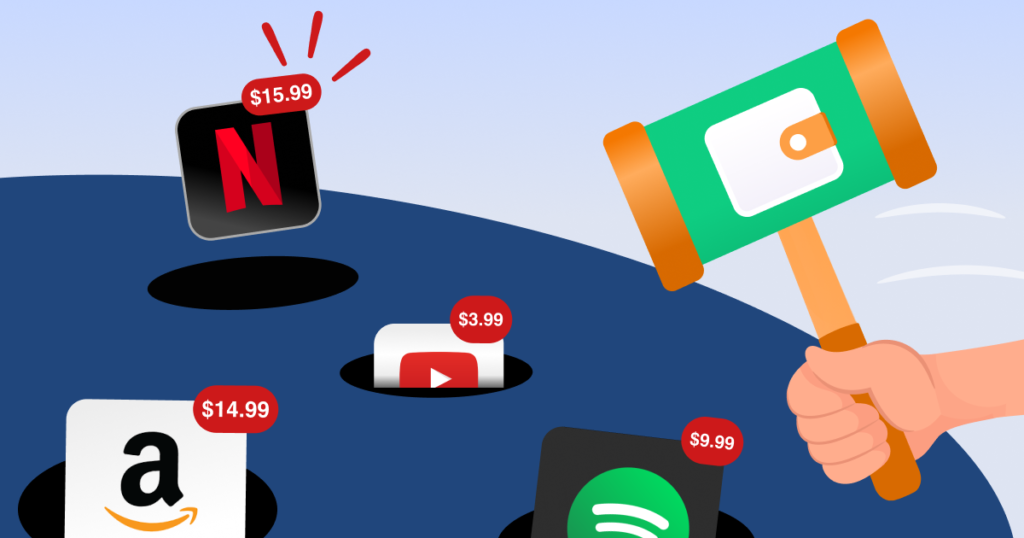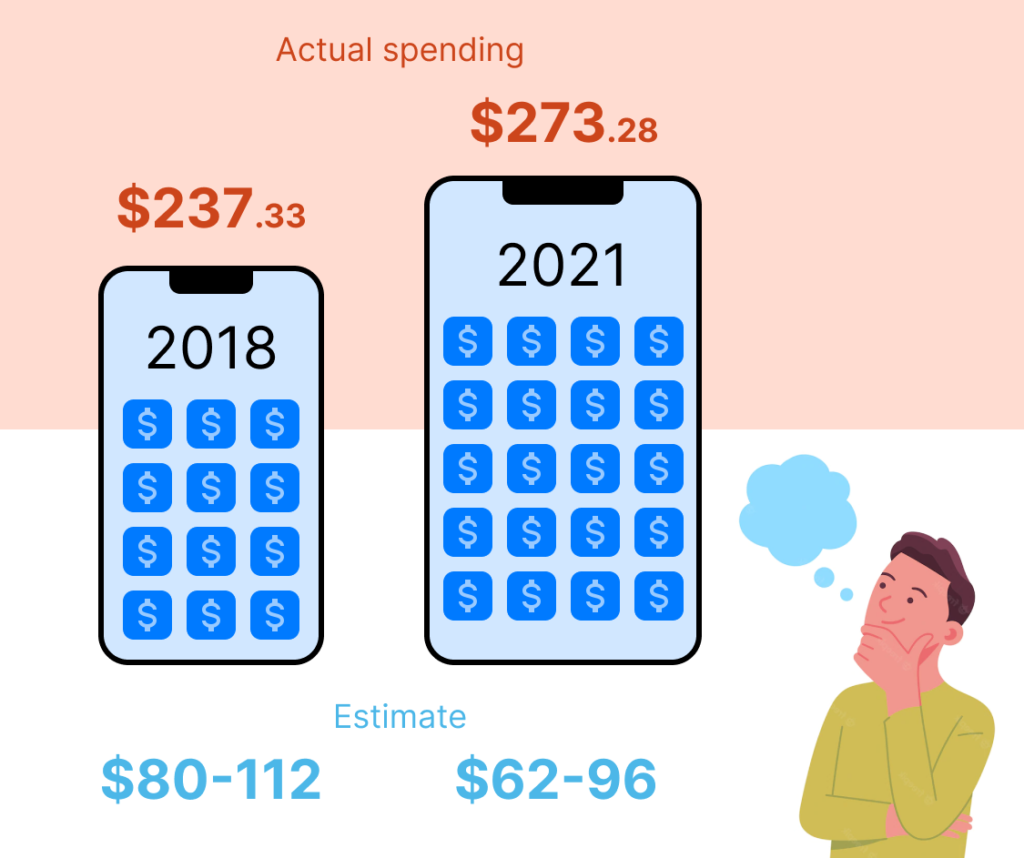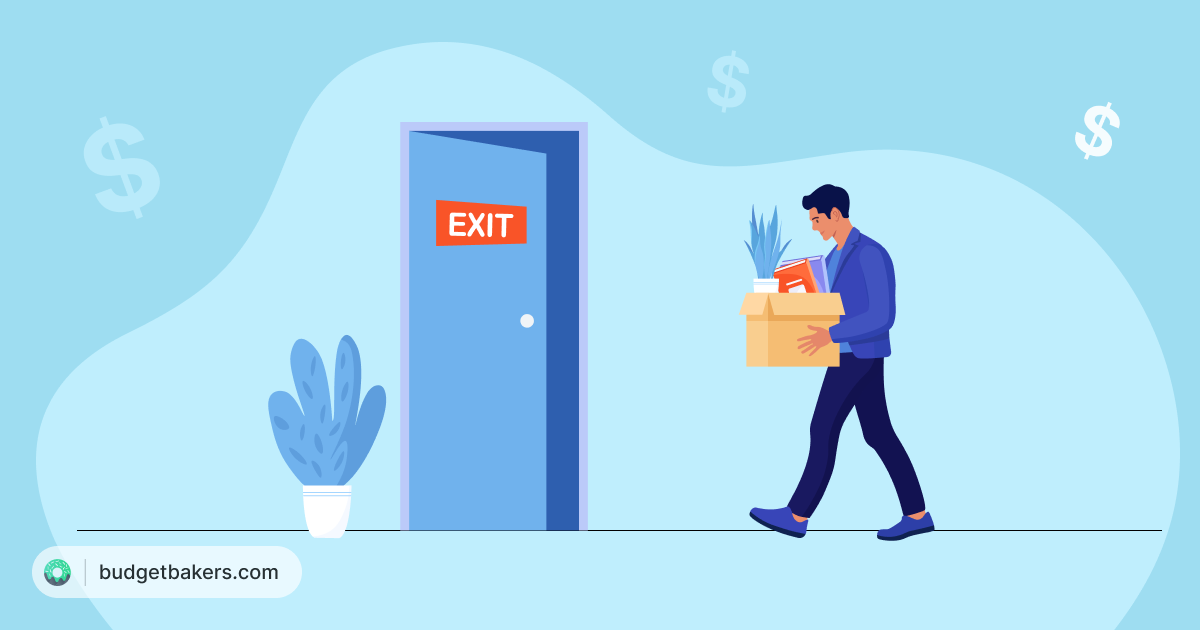
You probably spend more on monthly subscriptions than you think – a lot more. That’s what a study by West Monroe, a Chicago-based technology consulting firm, suggests. In their comparison between 2018 and 2021, they show how much the average American spent on subscription services over these three years and how much they underestimated their spending.
West Monroe surveyed 2,500 people about their monthly subscription spending. They first asked how much consumers thought they were spending before they had to identify their actual expenses. The goal of the report was to find out how spending has changed since 2018, how aware people are of their expenses, and how satisfied they are with various subscription services.
This is how much Americans pay for subscriptions
The average monthly spend on subscription services is $273. In 2018, it was $237. This 15% rise translates into an additional $430 per year.

Spending is spread across many different types of services. At the top of the list are mobile phone services such as Verizon or Sprint, which 77% (79% in 2018) of Americans subscribe to. They pay an average of $50, down from $100 three years ago.
They pay the same amount for WiFi at home using Comcast, AT&T, CenturyLink and other services. This figure hasn’t changed since 2018.
Then there are TV/movie services. Even though the number of subscribers has decreased from 76% to 68%, the average American still pays $20 a month for streaming services like Netflix, Hulu, etc.
48% of Americans used Amazon Prime in 2021 (down from 53% in 2018). The cost was $99 a year (down a dollar from 2018).
Music streaming services such as Spotify or Pandora follow with 31%. Respondents were willing to spend $10 per month on them. That’s $10 less than 3 years earlier.
18% of the population used Gaming services such as PlayStation Now or XBox Game Pass. They pay an average of $10 for them – 50% less than in 2018.
All other categories such as digital newspapers, beauty subscription boxes, book services, fitness or dating apps are currently used as paid services by less than 10% of the American population. They spend an average of $10 a month on them. This cost was considerably higher in 2018 when subscribers paid $20 to $30 more.
This is how much Americans underestimate their monthly subscriptions
No respondent knew how much they actually spent on monthly subscriptions. And the vast majority of them underestimated their spending: 84% of Americans did in 2018, rising to 89% in 2021.
In an initial 10-second guess, respondents claimed that in 2021 they spent $62 per month. In 2018, they estimated their spend at $80. After being asked to guess a second time for 30 seconds, respondents increased their estimate to $96 in 2021, versus $112 in 2018. In reality, the cost of paid monthly subscriptions in 2018 was 1.9 times higher – at $237.33. In 2021, the expenses were even 3.4 times higher than estimated: $273.28.
Nearly half of those who underestimated their spending were off by between $100 and $300. The largest group of underestimators, 23.5% of all consumers, believe they spent $100 to $199 less than they actually did. That number has decreased since 2018, when 27% of all subscribers miscalculated by as much as $199.
21% of consumers are even more mistaken: they actually spent $200 to $299 more on paid subscriptions than they thought. This figure has risen by as much as 50% in the three years. In 2018, only 14% of subscribers thought they were paying up to $299 less than they actually did.
12% of all respondents in the study underestimated their subscription costs by $300 to $399. This figure was only 6% in 2018.
A whopping 13% of users underestimated their 2021 spending by more than $400 – 9% more than in 2018.
18% of Americans underestimated their cost by $25 to $99 in 2021, down from 20% in 2018.
So although consumers are actually spending more than they were three years ago, their guesses for how much they spend worsened.

This is how happy Americans are with subscription services
Since most Americans spend a lot of money on monthly subscriptions, it’s worth taking a look at how satisfied they actually are with the services and how much they depend on them.
So let’s turn to what respondents indicated in West Monroe’s survey. For each subscription, they could choose one of four emotions: Happily hooked, Happy but not hooked, Unhappily hooked, or Unhappy, not hooked.
On the whole, people seem satisfied with their subscription services. Especially with music streaming services, TV/movie subscriptions, Amazon Prime, and book services.
Compared to 2018, however, satisfaction has changed, in some cases significantly. On the one hand, 19% fewer consumers were happily hooked with their WiFi at home in 2021 than in 2018. 20% fewer subscribers were satisfied with their digital newspapers and magazines than three years earlier. 26% fewer people were satisfied with identity protection services in 2021 than in 2018.
On the other hand, 32% more users were happily hooked with book services in 2021. 23% more people were happy with their diet/fitness subscriptions. 21% more people were satisfied with Amazon Prime services than three years earlier. Lifestyle subscription boxes in 2021 also got more users liking than in 2018: 19% more people said they were happily hooked to boxes like FabFitFun or Mindfulness Box.
The main takeaway
Consumers were spending a lot on subscription services in 2018 but didn’t truly grasp how much they were actually spending. That disconnect has only intensified three years later.
Newer services are more in the foreground than utility services such as Internet, cable or cell phone. Music and movie streaming services, as well as Amazon Prime, seem to be much more popular these days – and more present in people’s minds when it comes to spending.
How can these shifts be explained? Obviously, the pandemic has greatly changed the world’s spending patterns between 2018 and 2021. Working from home has since given people more free time to try a new fitness program, new books, or new recipes. As people now want to invest more in themselves, their relationships or their families, they look for subscription services that satisfy these needs.
Track your subscription spend and save money
As most Americans have stayed at home for the past two years, many have spent their time on streaming and gaming services, wellness apps, meal kit deliveries or fashion subscription boxes. That doesn’t seem particularly surprising – services like Netflix or Spotify made people’s lives easier and more enjoyable during the pandemic.
But these recurring payments that are automatically deducted from the user’s bank account each month can quickly add up.
Fortunately, there’s Wallet by BudgetBakers, an app that can track recurring payments. By signing up for Wallet, you can stay on top of your subscriptions and monitor unwanted services that you may no longer need but forgot you were paying for.
All you have to do is link the app to your bank account(s) and label your spending just the way you like it. And voilà: you can view all your digital subscriptions added up and compared to your earnings.


